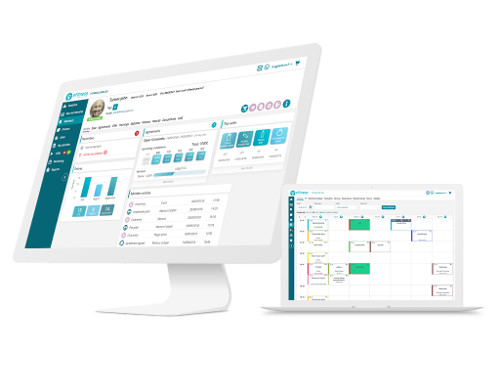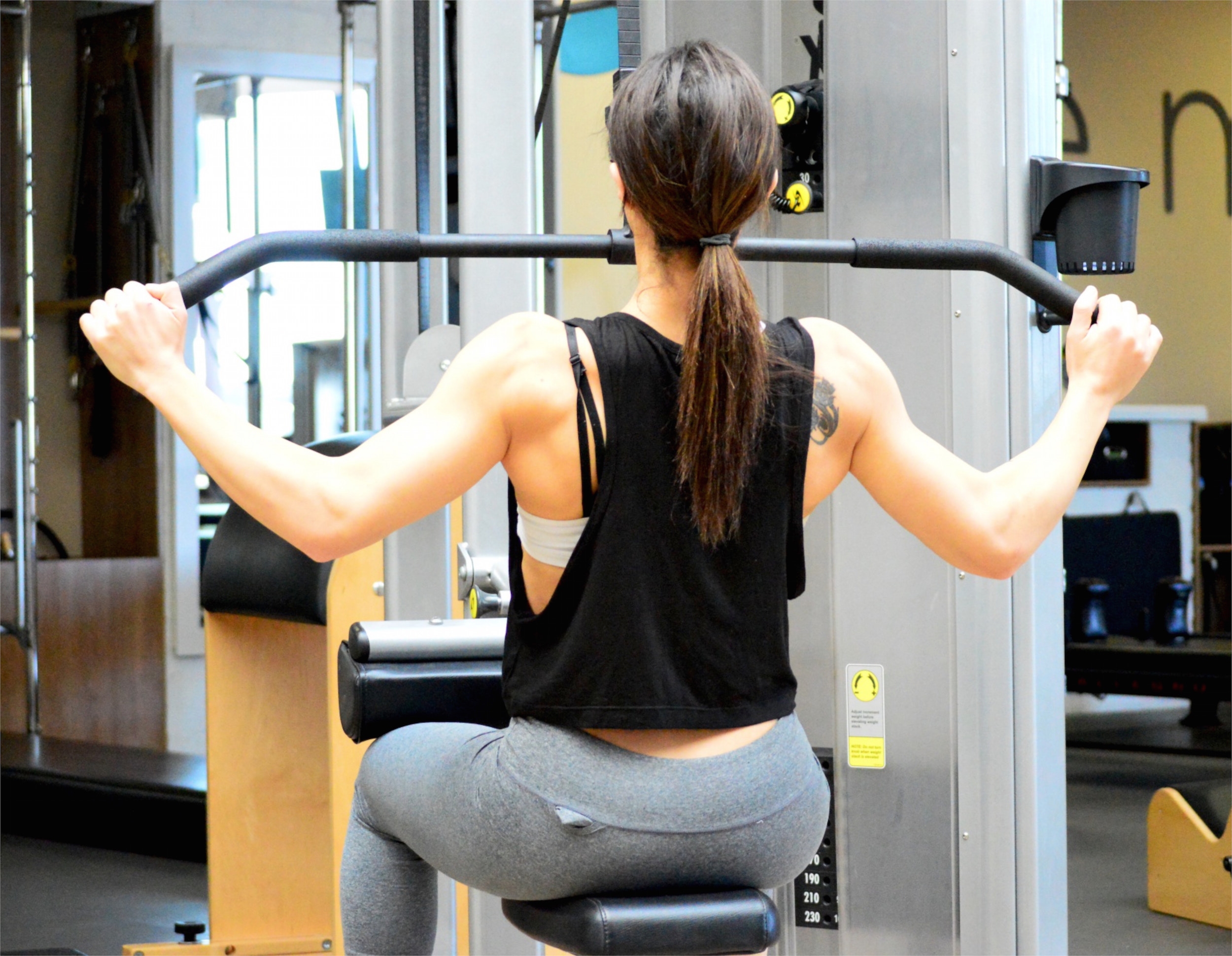A question that seems to be asked time and time again by operators is – which should we concentrate on more – online or offline? In this blog, we aim to share our view and tackle this widely debated topic…
As we all know, health club operators need to consistently entice new customers to join while simultaneously trying to foster strong relationships with their existing member base.
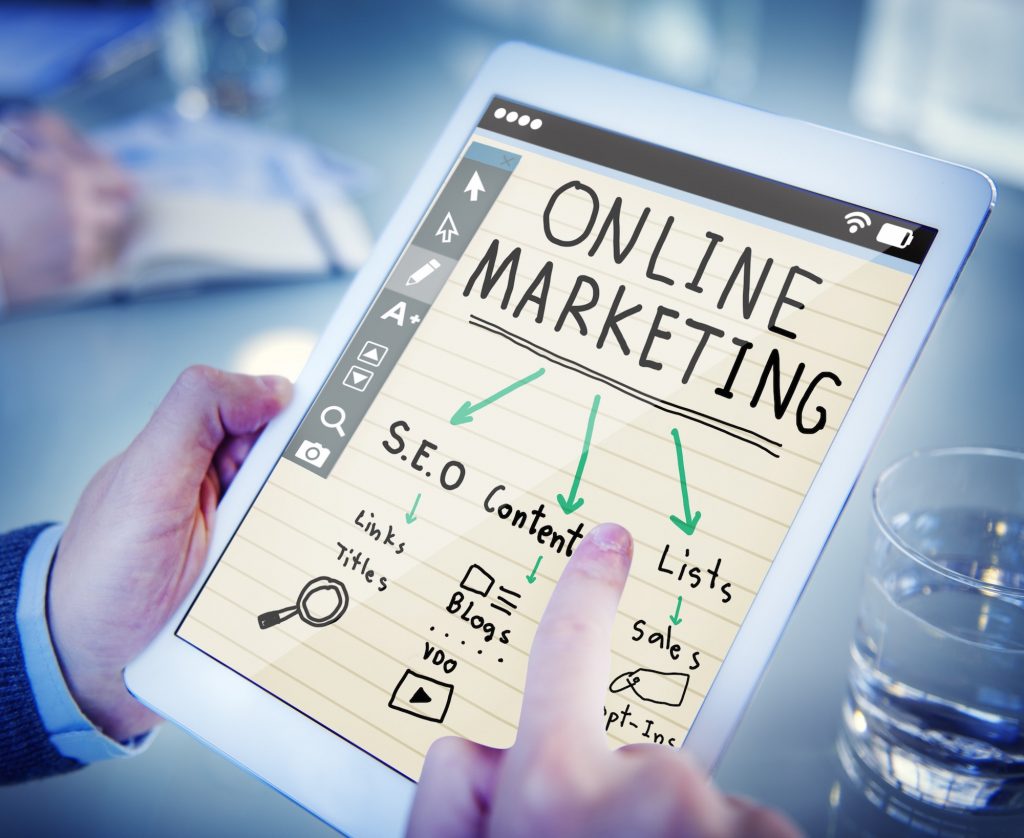
Thankfully, there are an array of platforms, channels and mediums which health club operators can now use to reach out to new prospects and connect with their fans. A YouTube video highlighting a member’s remarkable fat loss journey can be equally as powerful as a carefully crafted landing page to encourage sign-ups when utilised in the right way. A selfie wall inspiring members to post user-generated content on instagram can even compliment a targeted flyer drop if execute your campaign correctly.
Why we now tend to favour online?
Before I go on, it’s important to understand that the manner in which prospects seek out and find our gyms is completely different from what it was 20 years ago, the customer is now represented by a blue dot and the yellow pages are now a series of red pins. Of course, I am talking about Google maps, and it should be considered imperative for health club operators to have a local search strategy in place to attract new customers. I’ll cover that in more depth later on.
It’s not just what, but how people surf the internet, which you also need to pay attention to. Research from the Office of National Statistics reveals that 89% of adults in the UK use the internet at least once per week, across an average of 4 different devices. So, you must ensure you have the marketing technology at your disposal which is capable of recognising and identifying your customers at all points of their journey.
The delivery of that user journey from mobile to laptop, laptop to smart-watch and smart-watch to iPad must be consistent, tailored and frictionless.

The way people engage with health, in general, is a world away from what it was. We are seeing more wearable gadgets being used than ever before – these, combined with fitness tracking applications are offering gym members fresh insight on their health behaviours; this is the sort of information your members wouldn’t have even been able to get from a GP 10 years ago.
It would be wise to capitalise on this trend and aim to integrate with any wearable tech devices and apps to gather as much data as you can on your members. Check out one of my other blogs on the rise of Wearable technology, here.
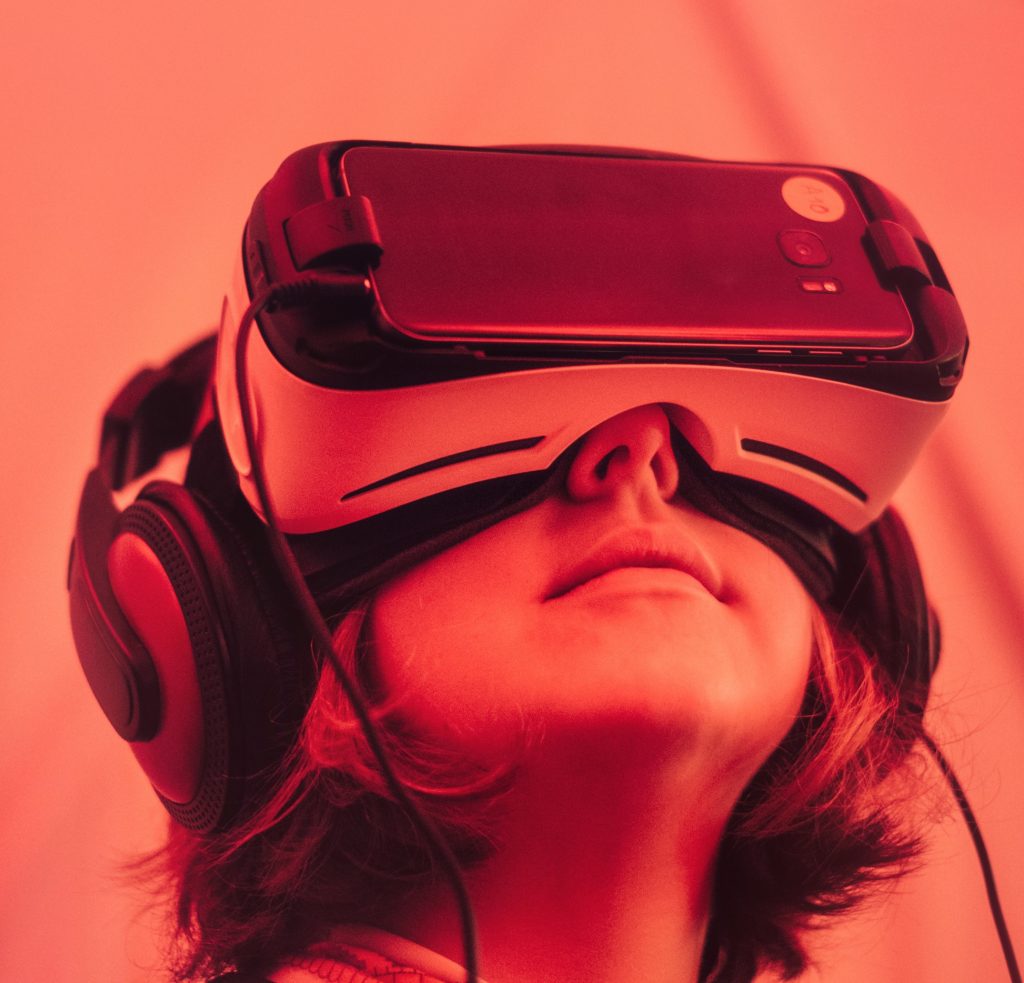
As you can glean from my action points so far, we are undoubtedly in an era where advances in technology are dramatically transforming the way fitness consumers think, feel and behave. This leads people to believe that there is no place for ‘offline marketing’ in the fitness industry any more. But that’s not true…
The experiences the user encounters online must be reflected and replicated offline, too.
People don’t purchase products and services. They buy perfectly executed brand narratives and amazing experiences which create feelings of connection, affinity and love.
For health club operators to be successful in today’s world, they must ensure that they are providing a seamless user experience across every channel relevant to each member’s journey. So if you, as a fitness facility owner, are looking to shine, you need to integrate your online marketing WITH your offline marketing and put the individual customer at the heart of the experience – welcome to the world of omnichannel marketing.
Here are my top 3 tips for executive effective omnichannel marketing.
1. Focus experience, not demographics.
It’s no use having such advanced digital methods in place if your thought processes remain the same as they were when you were doing leaflet drops and radio advertisements. In 2019, it’s naive if you segment your audience simply by age, gender and postcode. If you’re looking at acquiring new customers, there are a multitude of ways you can hit the right audience.
You can look target members based on browser behaviour, ideally, whether they are a new or returning visitor. This may help you identify whether they have already built a relationship with your brand and therefore your messaging can reflect their current journey stage.
You can target members based on the type page on the website they have interacted with – this will help you determine their particular goal orientation. For example, if they’ve been reading pages about Weight Loss and Group Exercise, that should be reflected in your communications.

If you have been using emails as a tool to target members, you can see their opening behaviour. If they are not opening any emails or clicking on any links then you may be better off targetting them through other channels such as Facebook, Instagram or PPC.
If you have collected each prospects email address, you should be able to tie in offline experiences with online experiences. If a prospect checks your gym out and decides they don’t want to join because of the joining fee, then a follow-up email that evening discounting the joining fee may be extremely powerful.
If you decide to do direct marketing to an older audience, try to make this relevant to their online experience. If you know through email data they have opened one email about YOGA and they’ve read a page about YOGA on your site, make your mail in the post about YOGA. There are many marketing companies out there who offer bespoke direct mail, which for some cohorts, may well still be an effective marketing channel.

These are just a few ways that you should target based on experiences. While it may well be advised to use female imagery when targeting females, and male imagery when targeting males – these old school demographic segmentations should not be your prime focus, behavioural segmentation is very much ‘where it is at’.
2. Create local strategies on google, facebook and Instagram.
There’s a common misconception among health club operators that people who look online must buy online. This couldn’t be further than the truth, the people who browse your website online may be just as likely to walk into your facility and buy a membership in your club, too. In fact, most people will want to look around your facility at least once before they buy a membership and likewise, most people will have located your health club via a search engine in the first place to initially find it.
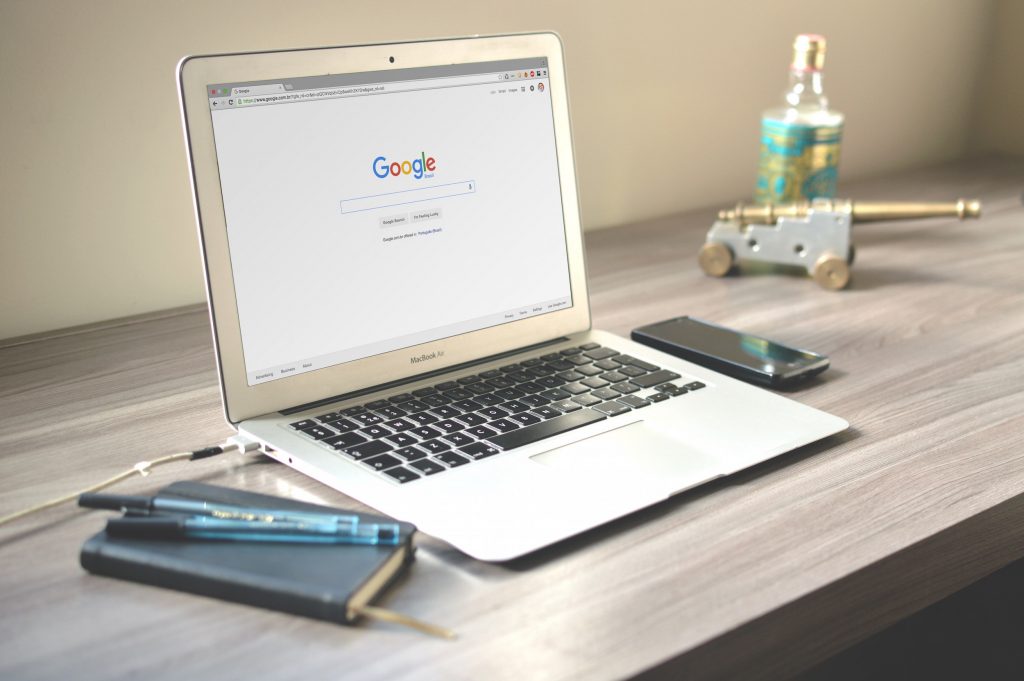
With this in mind, you need to optimise your Health Club on Google and Bing so it features first in the ‘Places’ listings. Your prospective members will also adopt similar behaviours when they search for you on facebook, this time they are keen to review your fitness facility and get more of a feel for what your brands’ values are. On Instagram, they may also search in the ‘Places’ section too, but here they are keen to see the type of people using your facility and how your facility really looks.
If a member is able to quickly access your local club via these platforms to do their research, then they are more likely to have trust in your gym and visit it with a positive mindset. If I were to do a quick ‘health-check’ on your facility across google, facebook and Instagram, would I firstly be able to find it, and secondly, would it make me want to visit it?
3. Mirror the messaging
When you are reaching out to people via online methods to visit your gym offline, you need to represent your facility in the best and most accurate light possible, don’t set people up to disappoint. It’s all about being real online and not trying to create a fake persona or version of who you really are – no one likes to be catfished. The more similarities your online presence has to your offline one the better.

This means that the images of your gym on Facebook Page and Instagram should bear a striking resemblance to how your gym actually looks. The tone of voice you assume on twitter, the branding you adopt on your website and the marketing imagery you endorse on your Facebook should be instantly recognisable and consistent with your in-store visuals and displays – there should be no disparity.
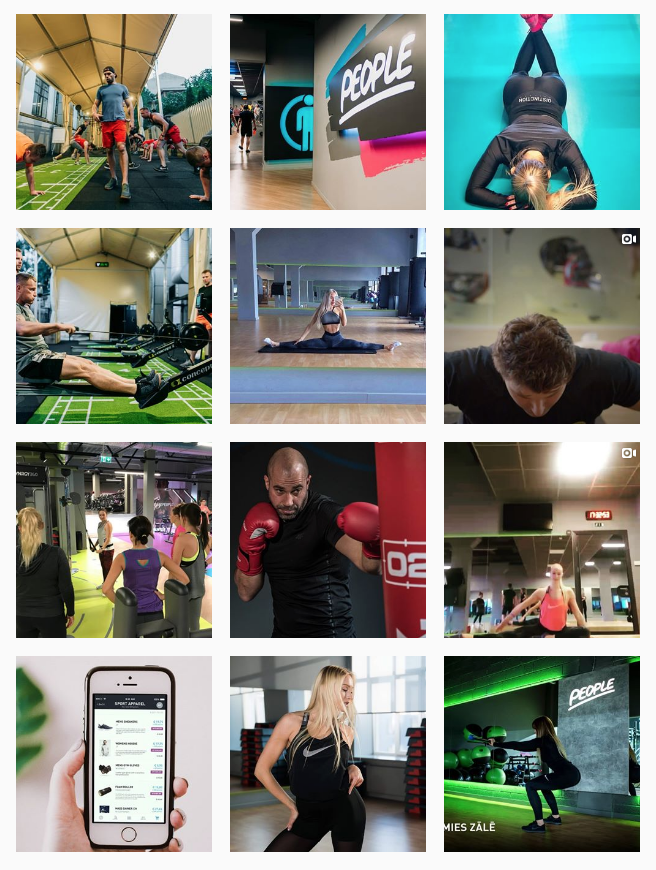
If all your marketing messages online are about being healthy and getting fit but your corporate voice in-store is all about a reduction in price and no joining fees this will discompose many prospects. Oh, and you should definitely avoid having one price online and another price offline as this will create maximum dismay and will negatively affect your prospects purchase decision on both channels.
Final thoughts
So when we talk about online and offline – the reality is there is no line any more. The only line you need to pay attention to is one which draws out your holistic customer experience journey. Appreciate that your marketing channels do not work in isolation, but they work together, depending on if the individual is receptive to them. The more you start viewing your customers as unique, separate entities, who all deserve their own individualised, tailored marketing messages, the more success you will have.
When you’re all set to become omnichannel, you will require the right health club management solution within your own digital ecosystem which offers crucial data insight around customer journeys and AI-powered personalisation.
Schedule a demo with eFitness to see how our gym software can revolutionise your omnichannel marketing approach.

